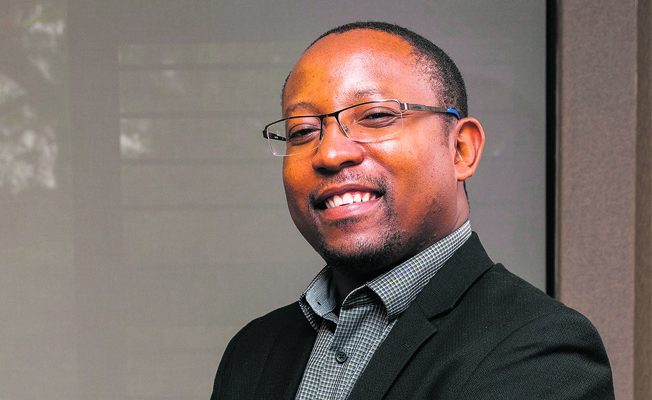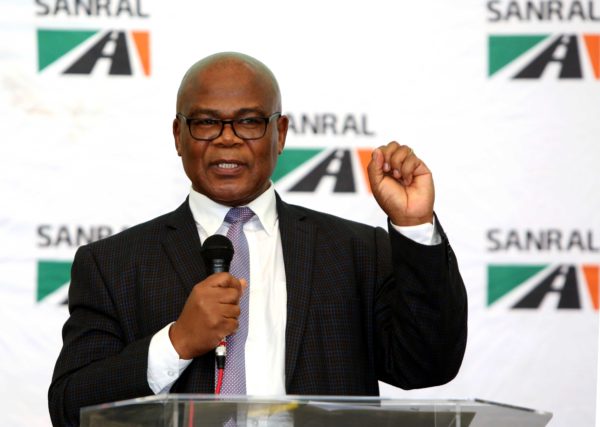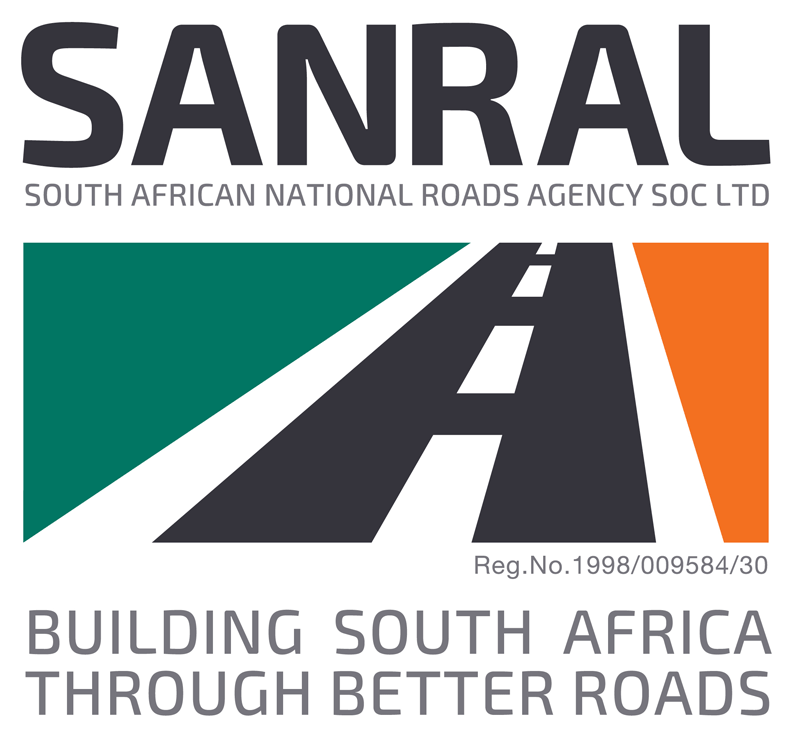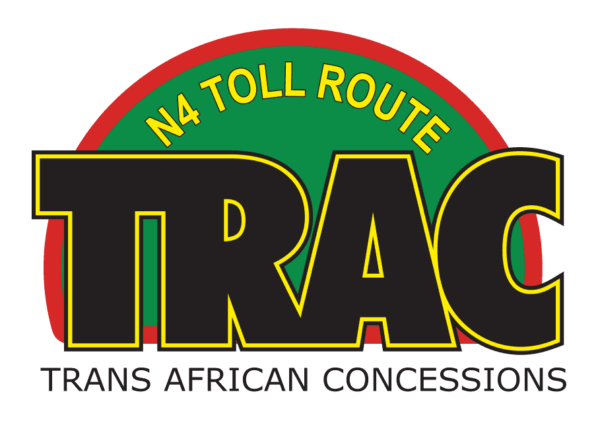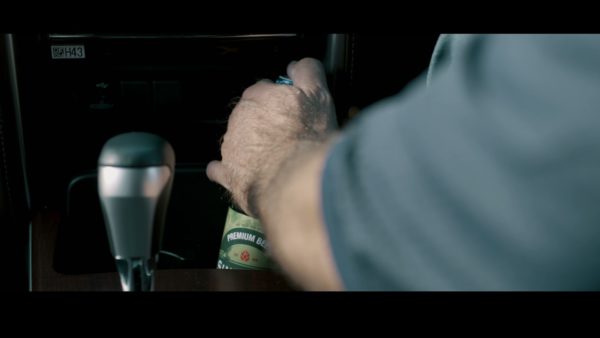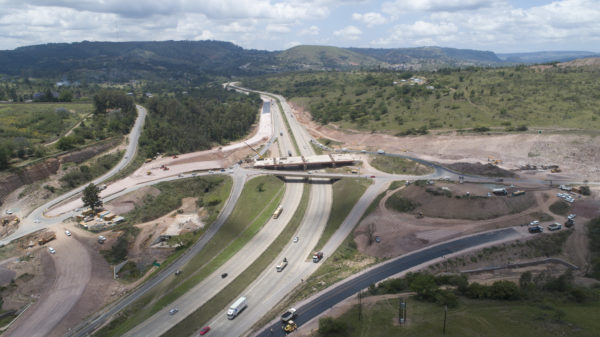In line with SANRAL’s transformation policy, of the R100-million budget for this project, R20-million was earmarked for SMME development.

The South African National Roads Agency (SOC) Limited (SANRAL) is incredibly proud of two refurbished bridges over the Orange River on the N12 outside Hopetown, which have earlier this year come into full operation.
Construction started in 2016 and notwithstanding some challenges along the way, some of which include working under live traffic conditions, the project was successfully completed.
Fanie Swanepoel, resident engineer explained that what was once a 9,3m wide, single carriageway bridge, with a pedestrian sidewalk without hand rails, is now an impressive structural masterpiece with a width of 15,4m, significantly increasing the capacity of the N12 as a major industrial and commercial artery between the Northern Cape and particularly the Western Cape.
Tiago Massingue, SANRAL Project Manager, said: “Building piers for a 12-span bridge into the Orange River was no walk in the park. We had to time our work carefully, taking seasonal rainfall, the strength of the river, environmental regulations and most importantly, the safety of the workers into account every step of the way.”
SMMEs benefit
In line with SANRAL’s transformation policy, of the R100-million budget for this project, R20-million was earmarked for SMME development, which not only created a platform for economic growth of small businesses in the surrounding areas, but directly impacted job creation for the locals.
Abraham Swartz from Hopetown, one of the subcontractors on this project, is incredibly proud of the 10 residents he was able to give gainful employment to.
“I too have learnt so much from the main contractor, particularly regarding safety practices on site. It was my first time working on a project of this magnitude and I am grateful to SANRAL for giving us small businesses the opportunity to work alongside the big contractors and be capacitated for long-term sustainability,” said Swartz.
These bridges have been serving the South African Road user and communities for well over 50-years.
Swartz added that the success of this project has been a huge team effort and he is humbled to have led the team through the many challenges, to finally being able to see the end of the road.
“We hope that these bridges will serve road users for another 50-years and that the skills transfer and knowledge sharing that has been such a key component of our commitment to the local community, will stand them in good stead as they pursue further developmental opportunities,” concluded Massingue.


